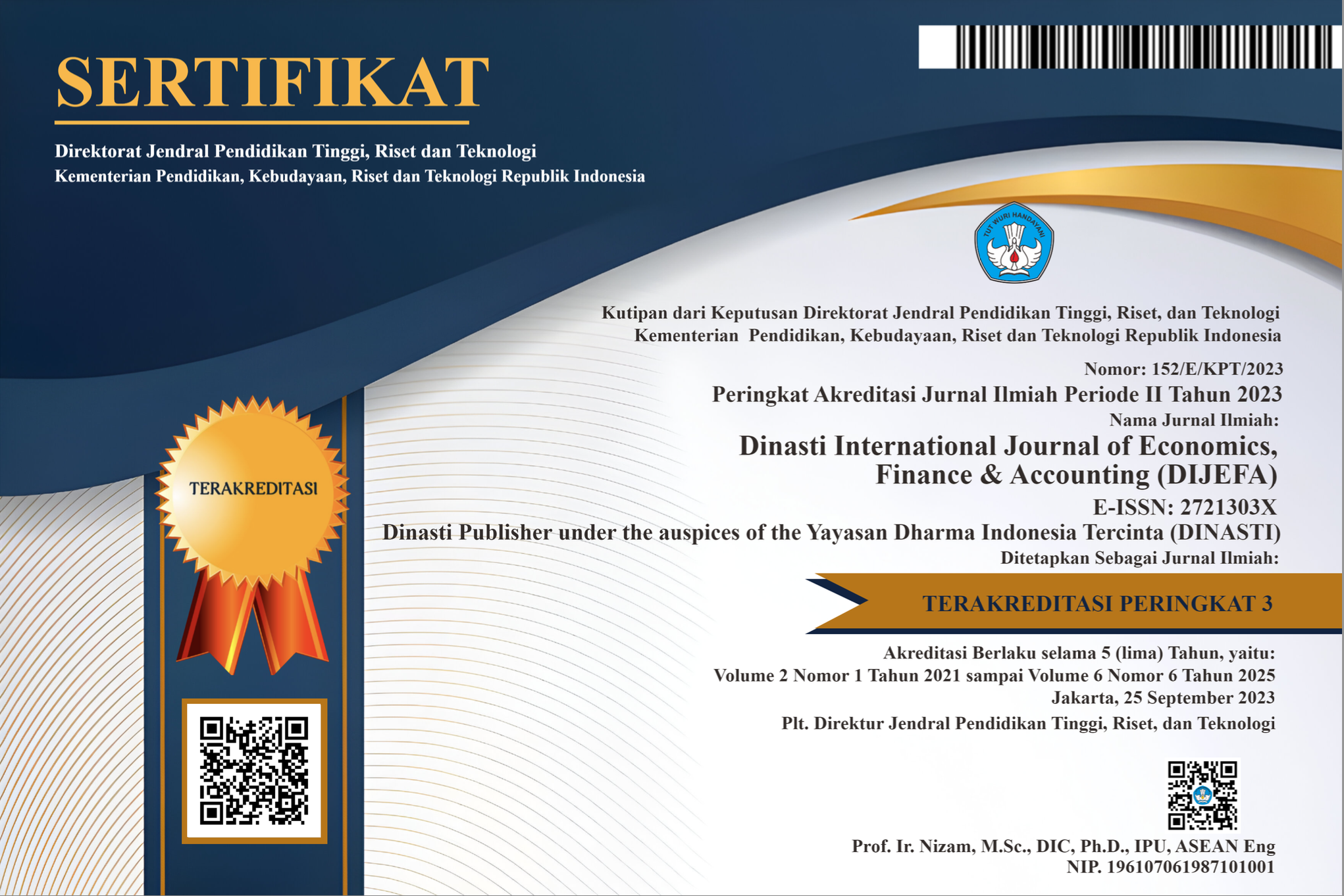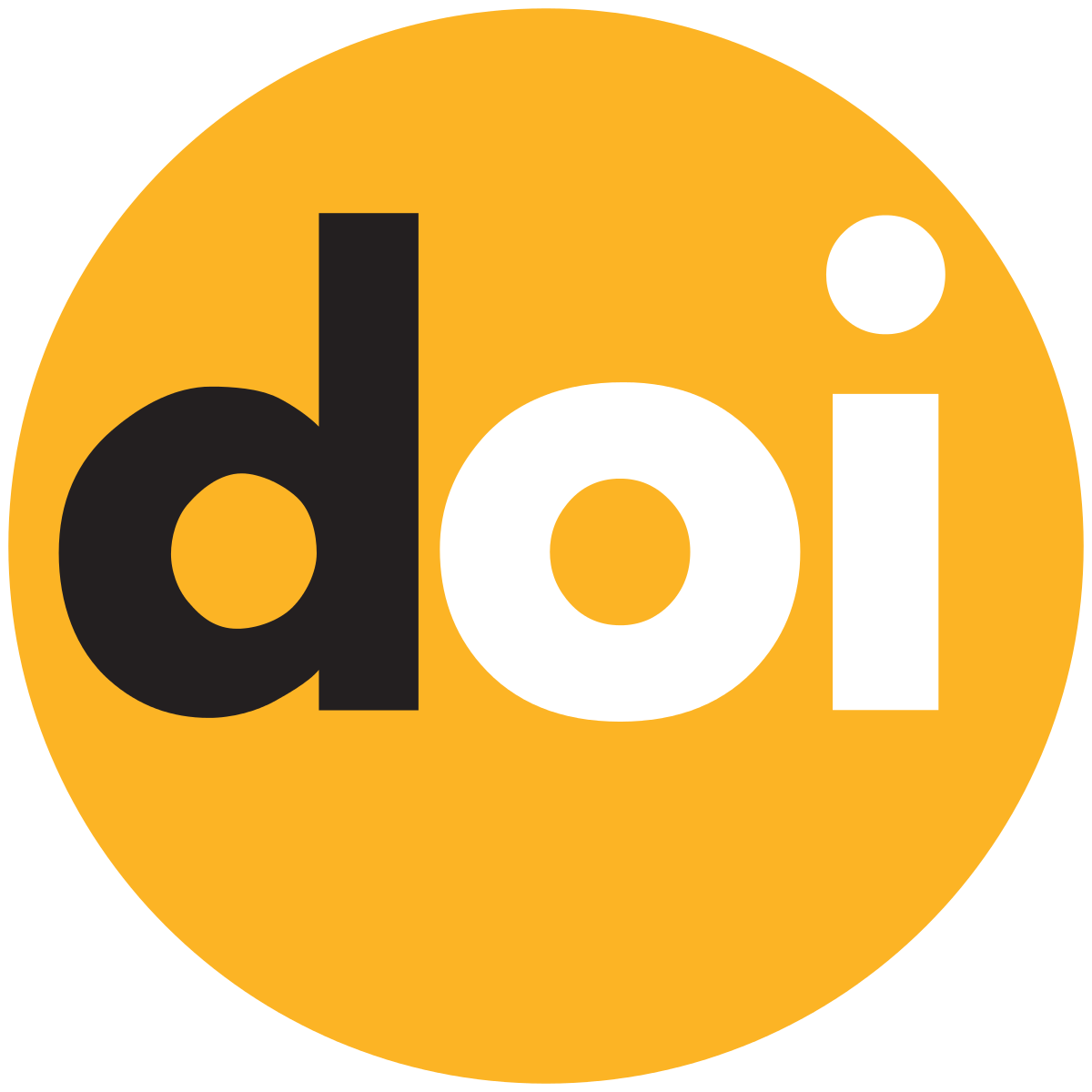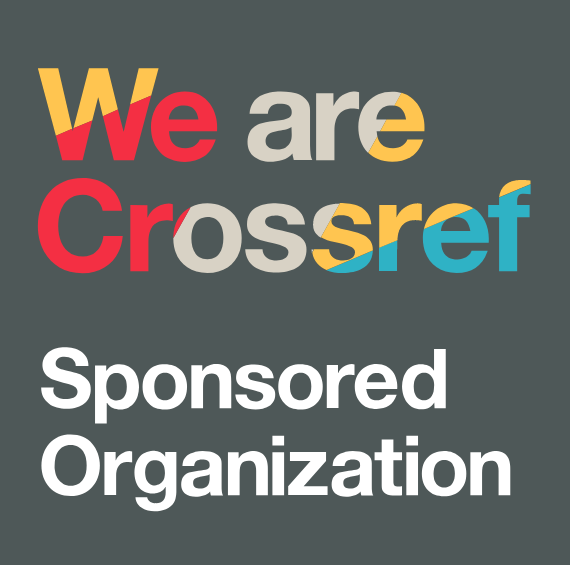The Employer Branding of Cultural Heritage Hotel’s Impact on Electronic Word of Mouth
DOI:
https://doi.org/10.38035/dijefa.v5i3.2905Keywords:
Employer Branding, Electronic Word of Mouth, eWOMAbstract
This study aims to determine the effect of employer branding on electronic word of mouth in one of the cultural heritage hotels. Data were collected through a survey distributed to 121 employees population of one of the hotels in Bandung. In this study, the independent variable employer branding uses four dimensions, namely work culture, salary and incentives, diversity and ethics, and CSR. As for the dependent variable electronic word of mouth, the dimensions used are volume and valance. These dimensions were adopted from previous studies that used employer branding and electronic word of mouth as the main focus of research. Hypothesis testing, validity, and reliability were tested using PLS-SEM as the analysis method. The research results that have been stated, show that employer branding affects electronic word of mouth in employees and the effect of employer branding on electronic word of mouth is positive and significant.
References
Anastasiei, B., & Dospinescu, N. (2019). Electronic word-of-mouth for online retailers: Predictors of volume and valence. Sustainability (Switzerland), 11(3). https://doi.org/10.3390/su11030814.
Basha, D. H. S. A., Rajitha, N., & Afreen, R. (2020). IJERT-Employer Branding?: A New Facet of Health Care Sector. International Journal of Engineering Research and Technology, 9(11), 224–228.
Bharadwaj, S. (2023). How the interplay of social media usage and online reviews generate intention to apply for a job vacancy: an employer branding-based agenda. Management Research Review. https://doi.org/10.1108/MRR-05-2022-0365.
BPS. (2023) Tingkat Penghunian Kamar pada Hotel Bintang 2023. https://www.bps.go.id/indicator/16/122/1/tingkat-penghunian-kamar-pada-hotel-bintang.html
Borne, G. (2023). Sustainable transitions in the surfing sector. The role of risk and branding. Business Strategy and Development, 6(4), 610–623. https://doi.org/10.1002/bsd2.266
Chakraborty, M., Parida, P., Mandal, N. K., Patnaik, S., & Chakraborty, S. (2023). Marketing Growth Dimensions of Agri-entrepreneurship: An Empirical Study in Ganjam District of Odisha, India. Universal Journal of Agricultural Research, 11(6), 1013–1021. https://doi.org/10.13189/ujar.2023.110608
Cid, A., Blanchet, P., Robichaud, F., & Kinuani, N. (2022). A Conceptual Framework for Creating Brand Management Strategies. Businesses, 2(4), 546–561. https://doi.org/10.3390/businesses2040034
Goyal, R., & Kaur, G. (2023). Identifying the impact of employer branding in the retention of nurses: the mediating role of organizational culture and career development. Humanities and Social Science Communications, 2023, 1–10.
Grigore, G., Chapleo, C., Homberg, F., Alniacik, U., & Stancu, A. (2023). Employer branding dimensions: An adapted scale for Eastern Europe. Journal of Strategic Marketing, 00(00), 1–20. https://doi.org/10.1080/0965254X.2023.2241460
Hair, J. F., Hult, T. M., Ringle, C. M., & Sarstedt, M. (2022). A Primer on Partial Least Squares Structural Equation Modeling (PLS-SEM) (Third). SAGE Publication
Hamid, R.S. dan Anwar, S.M. (2019). Structural Equation Modeling (SEM) Berbasis Varian: Konsep Dasar dan Aplikasi dengan ProgramSmartPLS3.2.8 dalam Riset Bisnis. Jakarta: PT Inkubator Penulis Indonesia
Kaur, D., & Kaur, R. (2023). Does electronic word-of-mouth influence e-recruitment adoption? A mediation analysis using the PLS-SEM approach. Management Research Review, 46(2), 223–244. https://doi.org/10.1108/MRR-04-2021-0322
Keeling, K. A., McGoldrick, P. J., & Sadhu, H. (2013). Staff Word-of-Mouth (SWOM) and retail employee recruitment. Journal of Retailing, 89(1), 88–104. https://doi.org/10.1016/j.jretai.2012.11.003
Lee, S. B., & Suh, T. (2020). Internal audience strikes back from the outside: emotionally exhausted employees’ negative word-of-mouth as the active brand-oriented deviance. Journal of Product and Brand Management, 29(7), 863–876. https://doi.org/10.1108/JPBM-02-2019-2239
Liao, S. H., Hu, D. C., & Fang, Y. W. (2023). Repurchase intention in a physical store: moderated mediating role of electronic word-of-mouth. International Journal of Retail and Distribution Management, 51(2), 205–219. https://doi.org/10.1108/IJRDM-04-2022-0122
Malhotra, N. K. (2020). Marketing Research: An Applied Orientation. Prentice Hall.
Penz, D., Almeida, M. P. de, Amorim, B., Cembranel, P., & Rolt, C. R. de. (2023). Crowdsourced employer branding: an analysis from the platform glassdoor. Brazilian Journal of Management, 16(1), e7. https://doi.org/10.5902/1983465966608
Ruge, C. O., Le, N. Q., & Supphellen, M. (2020). When and why employees of non-profits promote their organizations: Determinants of positive staff-word-of-mouth. International Journal of Nonprofit and Voluntary Sector Marketing, December 2019. https://doi.org/10.1002/nvsm.1704
Sarstedt, M., Hair, J. F., Cheah, J. H., Becker, J. M., & Ringle, C. M. (2019). How to specify, estimate, and validate higher-order constructs in PLS-SEM. Australasian Marketing Journal, 27(3), 197–211. https://doi.org/10.1016/j.ausmj.2019.05.003
Salameh, A. A., Aman-Ullah, A., Mehmood, W., & Bin Abdul-Majid, A. H. (2023). Does employer branding facilitate the retention of healthcare employees? A mediation moderation study through organisational identification, psychological involvement, and employee loyalty. International Journal of Hospitality Management, 112(October 2022). https://doi.org/10.1016/j.ijhm.2022.103414
Sugiyono. (2020). Metode Penelitian Kuantitatif, Kualitatif, dan R&D. CV. Alfabeta.
Tanwar, K., & Kumar, A. (2019). Employer brand, person-organisation fit and employer of choice: Investigating the moderating effect of social media. Personnel Review, 48(3), 799–823. https://doi.org/10.1108/PR-10-2017-0299.
Thio, S., & King, B. (2021). Human capital issues and challenges in the hotel industry: the case of Indonesia. Tourism in development: reflective essays. https://doi.org/10.1079/9781789242812.0009.
Zhang, Y., Zhang, J., & Liu, C. (2022). Motives for Employees Communicate Positive Electronic Word of Mouth (eWOM) on Social Network Sites: Exploring Moderating Mechanisms. Australasian Marketing Journal, 30(1), 60–73. https://doi.org/10.1177/1839334921999475.
Downloads
Published
How to Cite
Issue
Section
License
Copyright (c) 2024 Wibisono Harimurti, Popy Rufaidah

This work is licensed under a Creative Commons Attribution 4.0 International License.
Authors who publish their manuscripts in this journal agree to the following conditions:
- The copyright on each article belongs to the author(s).
- The author acknowledges that the Dinasti International Journal of Economics, Finance & Accounting (DIJEFA) has the right to be the first to publish with a Creative Commons Attribution 4.0 International license (Attribution 4.0 International (CC BY 4.0).
- Authors can submit articles separately, arrange for the non-exclusive distribution of manuscripts that have been published in this journal into other versions (e.g., sent to the author's institutional repository, publication into books, etc.), by acknowledging that the manuscript has been published for the first time in the Dinasti International Journal of Economics, Finance & Accounting (DIJEFA).


























































